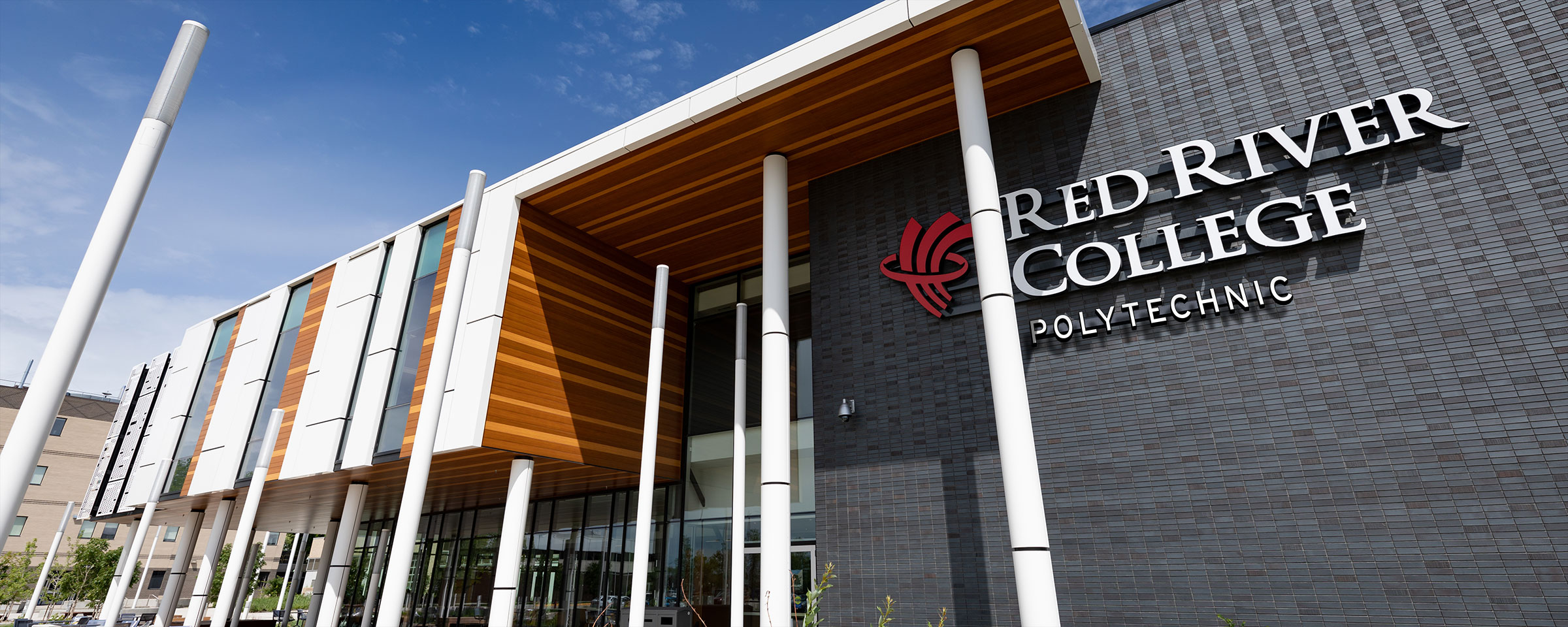Red River College Exploring Air Leakage in Manitoba Buildings
 Originally posted on Red River College’s Applied Research blog.
Originally posted on Red River College’s Applied Research blog.
While some buildings in Manitoba’s harsh climate perform well over time, others experience major problems ranging from high-energy bills to crumbling facades. Researchers with Red River College are aspiring to determine why.
With funding from Manitoba Hydro, RRC will test 20 commercial buildings throughout the Province over the next 16 months for air leakage, a critical factor in a building’s energy use, durability, air quality and comfort.
“It is a significant but essential step to better understand how air leakage affects Manitoba’s commercial buildings,” said Rob Spewak, RRC’s research manager. “Manitoba Hydro’s support and assistance reinforces the importance of this issue.”
The need for airtightness in buildings was initially seen only as an energy issue, since excessive air leakage can significantly increase heating and cooling costs, but other significant problems can occur.
“Simply put, air leakage can carry large amounts of water vapour into a building’s envelope during Manitoba’s long heating season,” said Spewak. “This can lead to corrosion and rotting of components, destruction of masonry materials, mould growth, and more.”
In response to market demand and public sector green building policies, buildings are being constructed and retrofitted with evermore consideration towards energy efficiency and sustainability.
However, airtightness is rarely tested in these projects.
“We will test a subset of buildings pre- and post-retrofit to determine the feasibility of cost-effective air sealing strategies,” said Harry Schroeder, principal project proponent with Manitoba Hydro. “This approach will provide valuable feedback on how to improve the design, construction, and operation of commercial buildings.”
While airtightness has been tested thoroughly in Manitoba homes, the province’s commercial buildings have hardly been touched.
“Over 30,000 homes in Manitoba have had their airtightness measured since 1979,” said Ken Klassen, RRC’s Centre for Applied Research in Sustainable Infrastructure (CARSI) research professional. “Meanwhile, less than a dozen commercial buildings have been tested in this province – all of relatively modest size.”
The main reason for this discrepancy is the ease at which homes can be tested, compared to large buildings.
“Testing homes is a pretty modest exercise and the equipment can easily be transported, even in a sub-compact car,” said Klassen. “For large commercial buildings, the equipment is cumbersome and the testing process is more complex and time-consuming.”
The lack of large building airtightness testing is not unique to Manitoba. Research conducted in 2011 by the Canada Housing and Mortgage Corporation identified data for only 192 buildings worldwide.
Air leakage has been gaining notoriety in recent years, primarily in the US, but also in the UK where they have recently established mandatory air leakage testing requirements for most commercial building projects.
“While international research has been done, its relevance to our market is often limited as it is has generally been conducted in regions that are very different from Manitoba’s,” said Klassen.
The research will be conducted with significant RRC student involvement.
“It is an exciting opportunity for students to get hands-on applied research experience in an emerging area of building science, while also learning alongside nationally recognized green building scientists and experts,” said Spewak.
Along with funding and in-kind support from Manitoba Hydro, the project is receiving significant financial support through the Natural Sciences and Engineering Research Council grant that RRC received to conduct research on improving the energy performance of buildings.
To get involved, or for more information on SITRG, please contact:
Rob Spewak
Research Manager, Applied Research & Commercialization, RRC
rspewak@rrc.ca | (204) 632-2357
For background information and photos, visit Air leakage testing of 363 Broadway.
